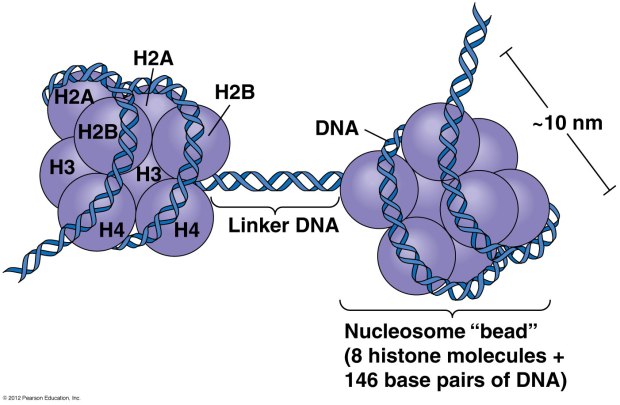By: Tiago Palmisano
Edited By: Bryce Harlan
In the modern scientific community, it is common knowledge that deoxyribonucleic acid (DNA) carries our genetic information. Every organism reads its DNA like a set of intricate instructions and pass on some of these instructions to its children through a process known as inheritance. DNA is our biological code. Yet, the link between inheritance and DNA was not discovered until 1952 when Alfred Hershey and Martha Chase, two brilliant molecular biologists, performed a landmark research study.
Before the Hershey-Chase Experiment, there was a debate about whether DNA or proteins carried our genetic information. In fact, most scientists thought that proteins were the stronger candidates at the time. While DNA consists of a fixed sugar-phosphate backbone and only four nucleotide bases abbreviated A, T, G and C, proteins consist of twenty different amino acid combinations, such as lysine or tyrosine. It made much more sense for our biological code to be made of twenty pieces rather than four, for the same reason that it’s easier to make more words with an alphabet of twenty different letters, as opposed to only using A, B, C and D. But after Hershey and Chase and decades of further research, it was accepted that DNA, not protein, was the only carrier of genetic information. However, a recent study may prove this 60-year-old assumption to be incomplete.
Scientists at the University of Edinburgh have found that some biological information can be passed on across subsequent cell generations, regardless of DNA sequence. The paper was published in Science on April 3rd, and studies the role of histone proteins. The DNA within our cells is so long that it requires extensive folding, and specific proteins known as histones assist in the folding process. A group of eight histone proteins form a structure called a nucleosome, which the DNA strand wraps itself around. Covalent modification of histone molecules can affect the transcription of the associated DNA. In other words, certain chemicals can be added or subtracted from the histones, and this can have a significant effect on the cell’s ability to read and use the DNA.

Although our understanding of histone modifications is not new, the University of Edinburgh study demonstrates that these modifications can be passed on, regardless of DNA sequence. The study focuses on the histones in a strain of yeast that controls its DNA similarly to human cells. The researchers introduced a chemical change known as methylation into a histone protein in the yeast, specifically H3K9me, mimicking the chemical modifications that occur naturally. The histone methylation successfully affected the yeast’s transcription of the DNA, making the organism unable to read and use certain parts of the biological code. More importantly, this introduced methylation was passed on to the next generation of yeast cells, demonstrating that DNA-independent histone modifications can be inherited.
This new data forces us to reconsider the definition of genetic information. Histone modifications affect how the DNA is used within the cell, and therefore affect the characteristics of the organism. In this way, some of our characteristics may be partially controlled through protein modifications, instead of exclusively by the direct DNA sequence. In a way, the histones carry genetic information, since they can pass on instructions for how our DNA is used. This study shows us that proteins and DNA can influence inherited traits independently.
Such a discovery possesses crucial information that can provide scientists with a more thorough understanding of gene expression in humans. Normally, influencing the traits that a mother or father would pass on to a child would require directly changing the DNA sequence. But the ability to modify histones instead would give doctors a potentially easier option for treating genetic diseases. This discovery could provide new insights in the field of genetic engineering, and lead to cheaper and more efficient research techniques.
Regardless of its practical consequences, such a significant clarification in our understanding of the complex process of DNA transcription and inheritance is of monumental importance. Furthermore, it reminds us to question every assumption, especially in science.
